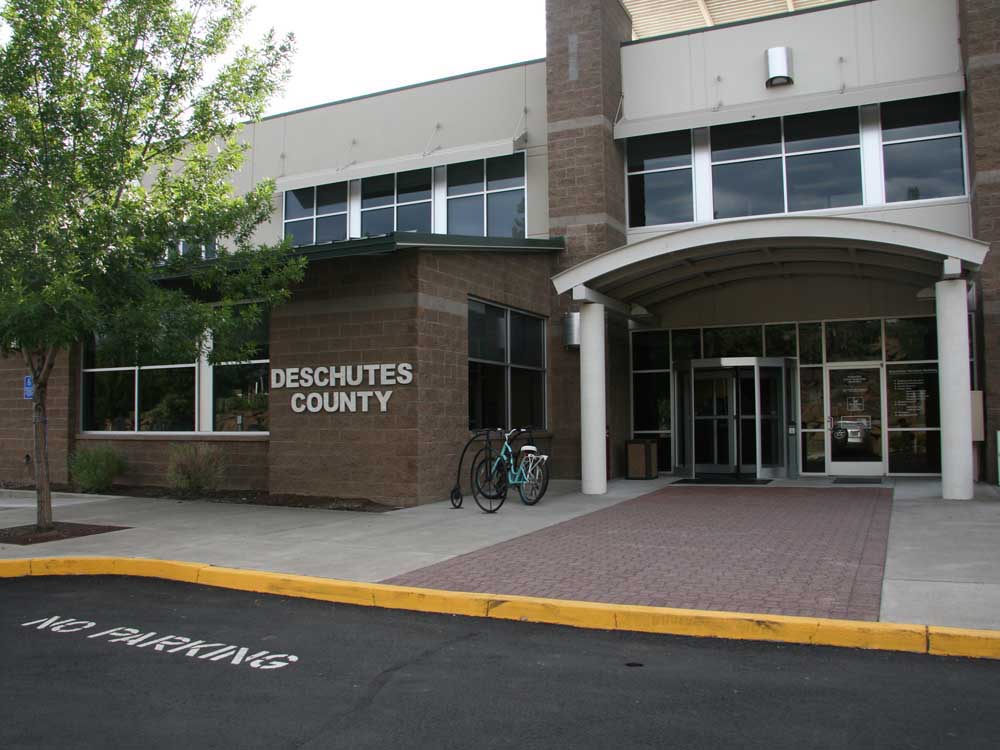A bright idea
Published 4:00 am Tuesday, February 25, 2003
The greatest leap in lighting since gas lamps gave way to light bulbs is well under way, and Accent Optical Technologies chairman and chief executive Bruce Rhine is ready for it.
The light-emitting diode (LED) revolution has given his company a strong position in what has otherwise been a tough tech market, pummeled by the slide in the semiconductor industry.
The light-emitting microchips work longer, use less power and allow designers to use light in ways they never have before. The chips, which are already used in traffic lights, exit signs and automobiles, are expected to move into the general home and office lighting market as early as 2007.
For Accent, the LED technology means a market for its process control products that is growing at light speed. Every year, the LED market grows 50 percent in dollars, and 8 percent in units, Rhine said. Accent makes equipment that catches defects early in the optoelectronic and semiconductor manufacturing processes. About 40 percent of its business is in Asia, 40 percent in the U.S. and 20 percent in Europe. The company, which is based in Bend, grew to 300 employees in September when it better positioned itself for the growing LED market and acquired Canadian company Phillips Analytical’s Waterloo operations.
Now the company has its eyes set on other growth opportunities, including moving its Canadian manufacturing capabilities to the United Kingdom, and perhaps opening a research and development facility in Bend in the not too distant future.
Accent formed in July 2000 with the purchase of Bio-Rad’s semiconductor and optoelectronics division. Prior to that, you founded a company, Obsidian Inc., and sold it to Applied Materials. What prompted this career move?
I just gave a talk at the Oregon Entrepreneurs Forum, and they categorized this career of mine as ”serial entrepreneurialism.” So it’s sort of been founding a company, selling a company, founding a company and selling a company. It’s not so much a change, but a continuum of a pattern of behavior. The consistent thread is that my career has evolved around equipment to make chips.
Tell me about Bio-Rad, and what kind of company that is and how you became involved with it.
Bio-Rad is a life science company. They make clinical diagnostics, and one of their more noteworthy products is a diagnostic system for chronic wasting disease and mad cow disease.
They wanted to fund that effort more aggressively, so they were in the process of selling this division. I was aware they were selling the division. It was all semiconductor measurement equipment. It was a non-core asset that they were divesting, and we stepped up as an investor group and bought the business.
Your company is a leading supplier of process control and management tools in optoelectronics and semiconductors. Can you describe what this means?
To make a semiconductor, you take a wafer of the appropriate material and build up layers. Everything we do involves shining a laser on the layer, and then looking at the light as it is reflected off of the layer, and comparing the light before and after. And then we give the customer information based on that image of before and after. The information includes composition, film thickness and information about defects in the crystal structure that are important to (the customers’) economics and performance device.
You have five research and development facilities, and two manufacturing locations. Where are these & and manufacturing facilities located?
& is in Boston, Albuquerque, London and York, England, and Berlin, Germany. Manufacturing at this point is just done in York, England.
Why have an overseas manufacturing facility versus having one domestically?
This is where Bio-Rad did the manufacturing, and when we bought the business it was already established. The legacy of the company is, that particular operation was founded in 1688 in London. It has its origins in the U.K.
Accent is a company with international reach. Has the decline in the dollar’s value meant increased activity overseas?
It hits us two-fold. Because we do our manufacturing in the U.K., the decline in the dollar actually negatively impacts our cost.
It has probably increased our manufacturing costs by about 5 percent over the last year, although it does help us then to export. But generally speaking, the customers aren’t that price sensitive. It really manifests itself primarily in our manufacturing costs.
In September, your company acquired Phillips Analytical’s Waterloo operations, which manufactures X-ray diffraction tools and photoluminescence mapping systems. How will these two new product lines better position your company in the market?
X-Ray technology gives us the ability to look at the crystal structure in the semiconductor, and that’s a capability we haven’t had before. The PL mapping, or photoluminescence mapping, just extends our product. It gives us another product we can sell through our existing channel of distribution.
Who are some of your competitors?
Probably the largest competitor we have is a company called KLA Tencor. Then I guess the second one would be ThermoElectron. (Bede Scientific Instruments, a U.K.-based company, is also a competitor.)
Are they publicly traded companies?
Yes, they are.
Does Accent have plans to go public?
We’re positioning ourselves so that we would be able to go public as an option. It depends more on the equity markets than it does on our operation.
Some companies are averse to going public because it can compromise the integrity of what they aim to accomplish. Is that a concern of yours, should you go public?
Our motivation to go public would be so we could use our stock to acquire other companies. As a leader in certain segments of the market, we believe there are opportunities for us to consolidate other companies. So we would desire public currency to do that. But we don’t have any immediate plans.
Would that hinge on the rebound of the semiconductor industry?
Probably. Technology equities, technology stocks-that would be a big factor, and demand, or absorbing the overcapacity in the industry.
Certainly the semiconductor market has taken a hit in years past. Has the optoelectronics division of your company offset losses in the semiconductor division?
Somewhat. The high-brightness LEDs is a real rapidly growing market. It grows at about 50 percent a year in terms of dollars, and about 8 percent a year in terms of units. It’s gone from an emerging market 10 years ago to globally, about $1.8 billion a year of high-brightness LEDs sold. That’s a market that should continue to grow. It is a market that promises to displace incandescent bulbs and fluorescent lighting with solid state, much like silicon transistors and microchips displaced vacuum tubes. It’s the same analogy.
With that growth potential there, has Accent focused more of its efforts on that division than on semiconductors?
We have. That was one of the principal reasons we completed the acquisition last September of Phillips in Canada. We recently hired a very well-known scientist in that area, Dr. Tom Ryan. We’re continuing to beef up our demo capabilities and our channel distribution in that area. In fact, we’ll be announcing another product in that area next month.
Do you have any more near-term plans for expansion?
We’re moving the manufacturing of the Canadian acquisition we did to the U.K., so we’ll be expanding our manufacturing capability by about 20 percent in the U.K.
Accent has 11 offices that span the globe. Why locate your headquarters in Bend?
I guess because this is where my family wanted to live. It’s where we wanted to be. When we bought the company, it was a division, so it didn’t have any headquarters anyway. So it needed to have headquarters. And the fact that we knew we wanted to live here, versus creating a headquarters anywhere else, it seemed like a great place from a lifestyle standpoint. There are lots of great people. We’ve made some great hires in the area. It’s been very positive for us.
Have you had great success hiring locally, or does the nature of your work require you recruit nationally, or internationally?
The skill sets we’ve hired locally have been marketing, accounting and human resources. We’re really happy with the folks we have here. I think sometime in the future, it’s our goal to add a research and development facility here. I think being located here would be a positive from the standpoint of attracting people. As opposed to my experience in the Bay Area, you get more loyal workers here, you’re not concerned with them going to work for a competitor, that sort of thing. That’s a big plus. Except for the economic downturn, we probably would have already established the & center here.
How many people could you potentially employ in a facility like that?
We’d start off focusing on non-core products, or those that don’t exist, so we’d be developing a set of new technologies here. We’d probably be conservative and go slow, but I would imagine we’d start off with five to 10 people. If everything were successful and worked out, I would say in five years, I’d hope we’d have 40 or 50 people.
Bruce, as a ”serial entrepreneur,” do you have plans to build this company up and sell it and eventually move onto something new?
That’s a great question. I’ve spent a lot of time thinking about it. I think the products that we manufacture are just in the very early stages of tremendous growth over a 20- to 30-year period. I think that converting illumination and lighting to a solid state is a mega trend. It’s thrilling to me both intellectually and as a business practitioner to have that sort of set of cards dealt to this company. I would very much like to see it grow over that 20- to 30-year period to be a great company, to be a large, great company.
Lisa Rosetta can be reached at 541-617-7812 or lrosetta@bendbulletin.com.






